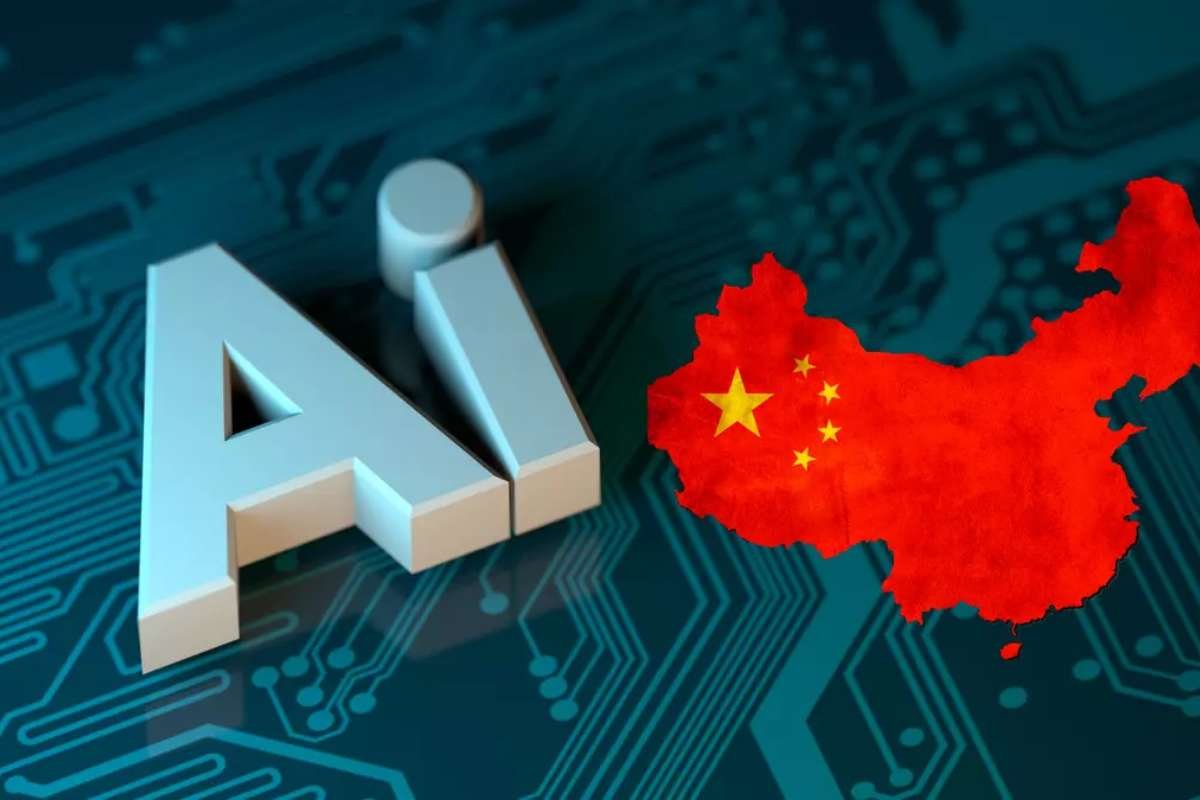China has renewed its call for a unified global regulatory framework for artificial intelligence as tensions with the United States continue to intensify over cutting-edge technology. On the global stage, Chinese officials are advocating for shared norms and safety mechanisms to ensure AI develops in a manner that benefits humanity and prevents misuse.
At a recent World AI Conference held in Shanghai, Chinese authorities underscored the need for an international code of conduct to guide China AI development, echoing broader calls for ethical standards, fairness, and transparency. The move comes at a time when geopolitical competition around emerging technologies is becoming increasingly fraught, particularly between China and the US.
Chinese officials argue that unilateral restrictions on China AI development will only fragment global progress and hinder innovation. They have positioned China as a responsible actor in shaping the global AI landscape, emphasizing the importance of multilateralism and international cooperation.
A Counter to Washington’s Expanding Tech Controls
The push for global AI rules follows Washington’s continued efforts to tighten controls on advanced technologies exported to China. In recent months, the US has expanded export restrictions on high-performance chips and critical semiconductor equipment, which are seen as essential to AI training and China AI development.
In response, Beijing has stepped up domestic efforts to reduce reliance on foreign technology, accelerating its self-sufficiency goals in the AI and semiconductor sectors. Chinese officials have condemned the restrictions, suggesting that they are attempts to suppress China’s technological rise rather than genuine national security measures.
Amid this backdrop, China has emphasized the need to separate technological progress from political conflict. Officials reiterated that while technological rivalry is inevitable, it should not descend into confrontation or isolationism. They argue that AI, with its transformative potential, should not be weaponized as a geopolitical tool.
Chinese AI Companies Strengthen Domestic Ecosystem
As part of its broader strategy to insulate its tech sector from external shocks, China has seen a wave of domestic collaborations among AI firms. More than 70 Chinese AI companies recently announced strategic partnerships and alliances to build a robust domestic AI ecosystem. These alliances aim to pool resources, share infrastructure, and accelerate the development of large language models (LLMs) within China.
Leading players in cloud computing, software engineering, chip design, and AI training are coming together to establish a more coordinated national effort. These partnerships are seen as a crucial move to counterbalance the tightening grip of US sanctions and to foster indigenous innovation.
In recent months, China has also made notable progress in launching its own LLMs, with domestic models rapidly closing the gap with global competitors. Despite the absence of cutting-edge GPUs from the West, Chinese developers are relying on alternative chip sources, optimization techniques, and larger data pools to push forward.
China Releases Detailed AI Action Plan Through 2030
In a strategic move to consolidate its AI ambitions, China’s Ministry of Industry and Information Technology (MIIT) recently unveiled a comprehensive roadmap titled the Three-Year Action Plan. The plan, which stretches toward 2030, outlines clear milestones to scale up China AI development capabilities across multiple domains, from software algorithms and data governance to hardware and industrial applications.
Key goals include improving computing power infrastructure, encouraging the adoption of AI across manufacturing, healthcare, education, and public administration, and fostering a vibrant ecosystem of talent and innovation. The action plan also lays out government support in the form of subsidies, research funding, and policy frameworks that prioritize domestic breakthroughs in foundational AI technologies.
A focal point of the plan is to reduce dependency on imported chips and bolster homegrown semiconductor capacity. This comes amid growing concerns that supply chain vulnerabilities and international restrictions could become long-term hurdles for China’s AI aspirations.
Investor Outlook: Balancing Opportunity with Risk
For global investors, the rising tide of Chinese AI development presents a double-edged sword. On one hand, the growth of domestic AI champions and the government’s strong policy support signal long-term investment potential. On the other hand, geopolitical uncertainties, trade restrictions, and the risk of decoupling from global supply chains pose serious challenges.
Several analysts have suggested that Chinese AI stocks may see increased volatility as a result of these global tensions. However, others believe that the internal restructuring and collaborative models being adopted by Chinese firms could serve as strong foundations for long-term growth, especially if Beijing succeeds in cultivating a resilient and autonomous tech ecosystem.
Ultimately, China’s AI future will likely be shaped by a combination of global diplomacy, internal innovation, and market confidence. As AI continues to define the next era of industrial and technological leadership, the stakes have never been higher, not just for China and the US, but for the global economy at large.
Conclusion: Navigating the Future of AI
China’s recent moves underscore a clear intent to lead in AI while advocating for responsible global cooperation. As alliances form at home and calls for rules echo abroad, the trajectory of China AI development is becoming increasingly complex. Investors, policymakers, and tech leaders will need to navigate this shifting landscape carefully, balancing innovation with caution, competition with collaboration.
With the world standing at the threshold of the AI age, the decisions made in the next few years, both domestically and globally, will define not just technological leadership but also the ethical and economic frameworks that guide future generations.
Source:










